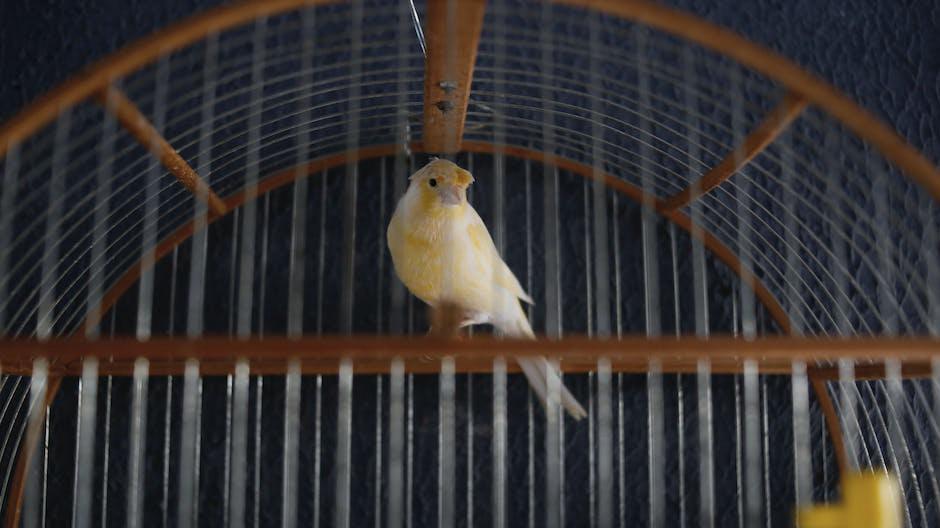Signs of Stress and Anxiety in Pets – What to Look For
Pets are like members of the family and it’s important to look out for signs of stress and anxiety in them, as these can be signs of underlying health issues. Unfortunately, pets can’t tell us what’s wrong, so it’s up to us to look out for behaviors that may be a sign of distress.
Signs of Stress in Cats
Cats can be more difficult to read than dogs, as they tend to keep their emotions close to the chest. Common signs of stress and anxiety in cats include:
– Excessive vocalization – Your cat may meow a lot more than normal, or they may make other unusual sounds.
– Hiding – If your cat is hiding more than usual or seems to be avoiding contact with you, it could be a sign of stress or anxiety.
– Changes in appetite – Stress can lead to a lack of appetite or other changes in eating habits.
– Pacing – If your cat is constantly pacing or is exhibiting other signs of restlessness, it could be a sign of distress.
– Aggression – Cats can become aggressive when they are feeling anxious or stressed.
Signs of Stress in Dogs
Dogs can be easier to read than cats, as their emotions are often more clearly visible. Common signs of stress and anxiety in dogs include:
– Panting – Panting can be a sign of discomfort or fear in dogs.
– Cowering – If your dog is cowering or trying to hide, it could be a sign of distress.
– Changes in behavior – If your dog is acting differently, it could be a sign of anxiety or fear.
– Destruction of property – If your dog is chewing or destroying furniture or other objects, it could be a sign of stress.
– Aggression – Dogs can become aggressive when they are feeling anxious or stressed.

General Signs of Stress and Anxiety

In addition to the signs mentioned above, there are some general signs of stress and anxiety that can apply to both cats and dogs. These include:
– Changes in sleeping habits – If your pet is not sleeping as much or is sleeping more than usual, it could be a sign of distress.
– Changes in bathroom habits – If your pet is not using the bathroom as often or is having accidents in the house, it could be a sign of stress or anxiety.
– Excessive licking – If your pet is licking themselves a lot more than usual, it could be a sign of distress.
– Excessive shedding – Increased shedding can be a sign of stress.
– Unusual vocalizations – If your pet is making unusual sounds, it could be a sign of distress.
If you notice any of these signs in your pet, it’s important to consult your veterinarian as soon as possible. Your veterinarian can help you determine the cause of the stress or anxiety and develop a plan to help your pet.

Miles specializes in writing about dog and cat behavior, breed characteristics, and tips for keeping pets happy and healthy.
